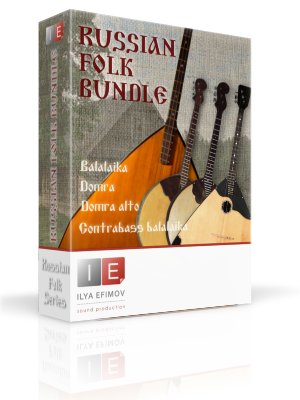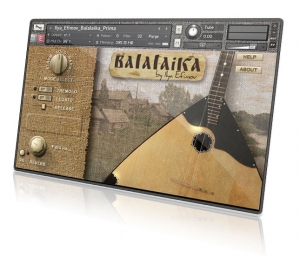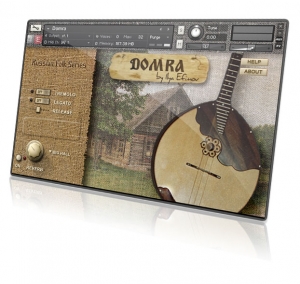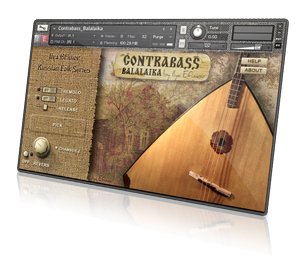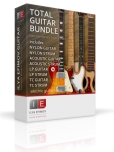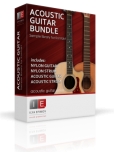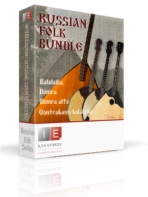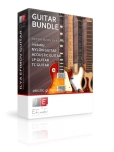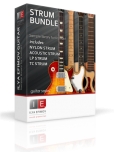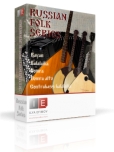Русские народные инструменты
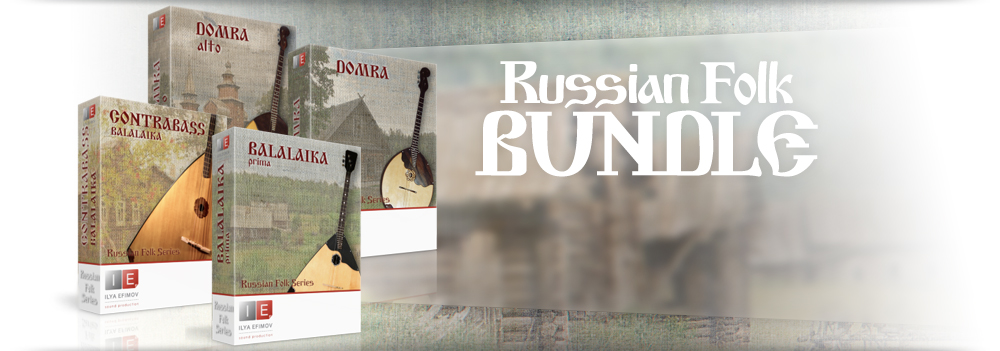
|
Russian Bundle includes : BALALALIKA
DOMRA
DOMRA ALTO
CONTRABASS BALALAIKA
ZHALEIKA in C WELCOME TO ILYA EFIMOV BALALAIKA !
Balalaika – the renowned symbol of Russian culture beloved for generations is a stringed musical instrument with a characteristic triangular body and three strings. The most common solo form of the instrument is the prima, which is tuned E-EA (thus the two lower strings are tuned to the same pitch). The strings on the modern balalaika are: first string (A) stainless steel with the second and third strings (E-E) nylon. Body sizes and neck lengths vary according to type and may have from sixteen to thirty-one frets. WELCOME TO ILYA EFIMOV DOMRA!
Most persons would assume that the balalaika predates the domra. In fact, the domra is known to have existed for over 1000 years; the balalaika only about 350. Musicologists have reached a clear conclusion: the domra and balalaika are two different versions of the same kind of stringed instrument, with the domra being the balalaika’s ancestor. The domra is a Russian folk instrument, popular among sixteenth century Russian musician/jesters called “buffoons”. In 1648, by order of the king the persecution of buffoons quickly resulted in the disappearance of the domra. “Re-discovered” in 1896, it was reconstructed by master luthiers Andreev and Nalimov, and has since evolved into today’s three orchestral versions: (small, alto, bass) with a quarter tone scale. Thereafter, the domra was immediately introduced to academic music, and as a group dormas have become an indispensable part of the Russian National Orchestra, used as a melodic base. Additionally, the domra is becoming widely accepted as a solo instrument, written into many current musical pieces and concerts.
The Domra alto is Russian traditional instrument in the domra family. As with all domras, it has three strings but sounds an octave lower. WELCOME TO ILYA EFIMOV CONTRABASS BALALAIKA !
This instrument has a special place in the balalaika family. The largest in size, Contrabass produces the lowest, most powerful dynamics and sound - equivalent to an upright bass. As with all balalaikas, It has three strings, tuned E-A-D. Main Range: E (bass-octave)-A (treble octave). The notation in the bass clef is written an octave higher than its actual sound. The contrabass balalaika is played with a large leather pick, creating a softer, thicker, clearer sound. The technique for playing the contrabass balalaika has been developed and perfected in recent times; with solo performances attracting wide attention among artists as well as teachers and students. |
